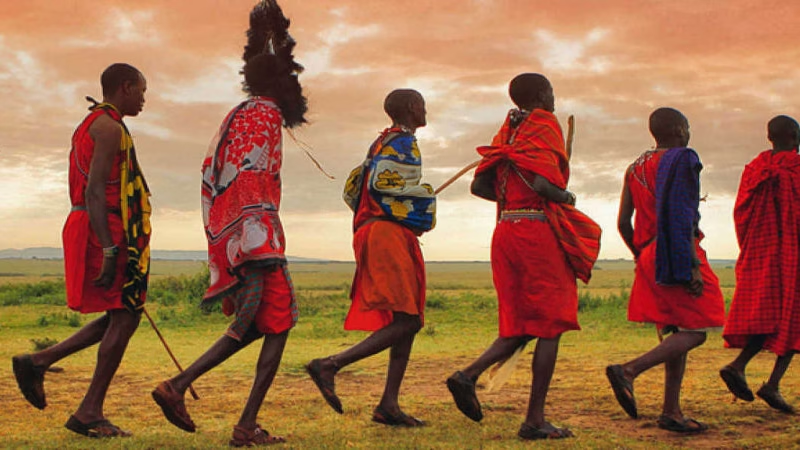
As the innovation steers the world, the threads that once held Kenyan communities together are beginning to fray. The songs, proverbs, rituals, and customs that defined entire generations are slowly fading into the background, buried beneath layers of social media trends, urban dreams, and modern distractions. The question now looms larger than ever: can the youth hold onto the soul of Kenyan culture, or are we watching it slip through our fingers?
Across towns and villages, the signs are becoming clearer. Traditional attire, once worn with pride, now appears mostly during staged performances or cultural days in schools. Indigenous languages are spoken less at home, often replaced by English or Swahili. Customs that shaped identity, rites of passage, storytelling by the fire, and naming ceremonies are becoming rarer, sometimes dismissed as outdated or irrelevant. Culture is no longer something lived; for many young people, it has become something observed from a distance.
Global influence is not the enemy; it has brought awareness, technology, and new opportunities. But in the process, it has created a generation caught between two worlds. Young people are growing up in an era where success is defined by modern appeal, where understanding global trends is more valued than knowing clan totems or ancestral history. Culture, in its traditional form, often feels incompatible with modern aspirations. And yet, deep down, many still feel the void it leaves behind.
Parents and elders, once the custodians of culture, are now competing with TikTok algorithms and YouTube stars for the attention of the younger generation. There is a visible disconnect. Oral traditions passed down for centuries now face extinction in a single generation. This isn’t just a loss of practice, it is a loss of identity, one that digital avatars or Western ideals can’t replace.
The challenge of preserving culture isn’t simply about teaching old dances or translating folk tales. It is about making culture matter again, about proving to the youth that the past holds value in the present. But that’s a difficult case to make in a world that rewards speed over reflection, and novelty over heritage. Schools attempt to integrate cultural studies, but the efforts are often surface-level. Festivals are organized, but for many youths, they are more about entertainment than reconnection.
In cities, where many young people relocate for work or study, cultural roots often loosen further. The hustle of urban life leaves little room for tradition. In rural areas, economic hardship drives young people toward modernity in search of survival, not by choice. As a result, the pressure to modernize becomes a force too strong to resist, and with each passing day, the old ways recede just a little more.
Yet, hope is not entirely lost. In hidden corners of the internet, a few passionate young Kenyans are using technology to breathe life into their heritage, recording folk songs, teaching local dialects online, and documenting forgotten traditions. These acts may seem small, but they hold the power to inspire a cultural revival. Still, it will take more than passion projects to stem the tide.
Preserving culture in a fast-changing Kenya demands more than nostalgia. It requires deliberate action, real investment, and above all, the belief that who we were still has something to teach us about who we can be. Without that, we risk raising a generation that knows everything about the world, but nothing about themselves.


